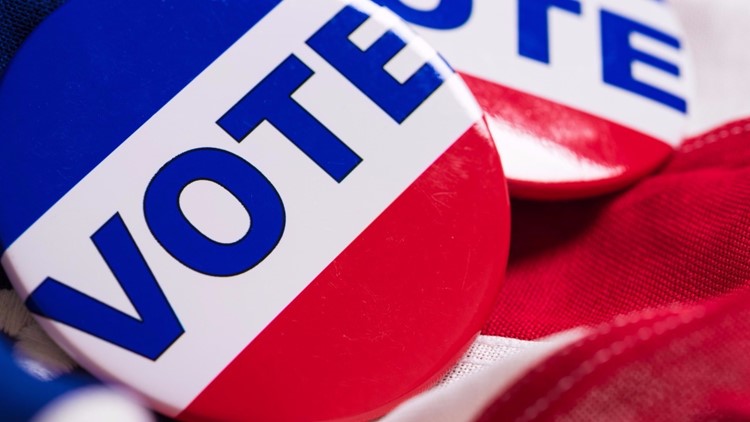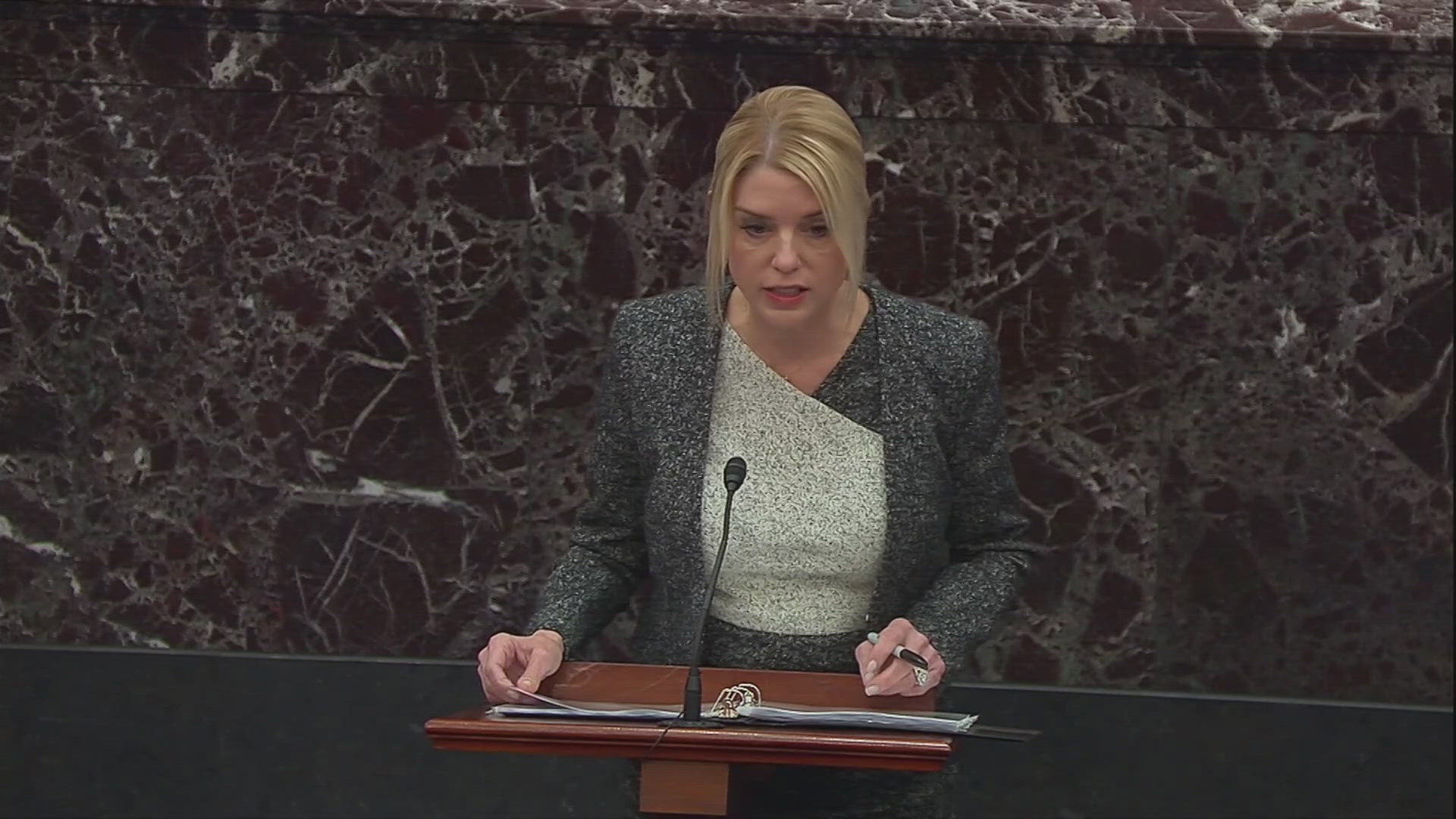Eight major party candidates are left in the race to be Colorado’s next governor, but by the end of June only two will be left standing—and a lot more voters in Colorado get to help make that decision than ever before.
The June 26 primary will also narrow a bunch of other races heading toward the November election—which will decide control of the state legislature at a crucial time. Colorado is likely to gain a congressional district in the 2020 census and new district lines will need to be drawn.
RELATED | Truth Test of political ads
In November 2016, voters passed Proposition 108 which gave voters who don’t belong to a political party the right to vote in any party’s primary.
Voters who are not registered with a political party and did not select a party preference will receive two ballots for the June 26 primary.
About 40,000 of independent voters have selected a preference, according to Secretary of State Wayne Williams. That's three percent of the 1.2 million unaffiliated voters who could help decide both party primaries later this month.
"You will get a packet that has two ballots in it," Williams told 9NEWS Tuesday morning. "You can only vote one of those two ballots, and you can pick either one. Picking a particular ballot does not lock you into voting for those candidates in November."
INDEPENDENTS DAY: ONLY CAST ONE BALLOT
Colorado’s got an independent streak—and now state law does more to accommodate it.
Independent voters in Colorado (called “unaffiliated” under state law) outnumber the registration of either the Democratic or Republican parties, making up 35 percent of the electorate.
Registered Republicans and Democrats will simply get their party’s primary ballot in the mail.
Independents will get BOTH ballots in the mail but can only cast ONE of them.
We can’t stress this enough: IF YOU CAST BOTH BALLOTS, YOUR VOTE WILL NOT COUNT. YOU HAVE TO CHOOSE ONLY ONE.
"Picking a particular ballot does not lock you into voting for those candidates in November," said Williams.
Fair warning to unaffiliated voters: while your actual choices on the ballot are always secret, the party of the ballot you choose is not. Though you will officially remain an independent voter, your voter record will reflect which party’s ballot you chose. Future campaigns will likely view you as a “soft” Democrat or Republican based on this information—and treat you accordingly when they send out campaign mail.
IMPORTANT DATES AND LINKS
Ballots were mailed out the week of June 4.
Voting ends at 7 p.m. on primary election day: Tuesday, June 26.
You can check your registration info, modify it, or register for the first time online in Colorado.
If you are not yet registered, you can do so—even on election day.
You can vote in-person if you prefer not to use your mail ballot(s.) Check with your county election office for in-person locations—or for any questions you have about voting that this article does not answer.
WHO’S RUNNING AND HOW TO LEARN ABOUT THEM
The biggest race in 2018 is governor. Turns out, a lot of people are interested in taking over after Gov. John Hickenlooper (D-Colorado) terms out next January.
DEMOCRATS:
- Mike Johnston (former state Senator)
- Cary Kennedy (former state Treasurer)
- Donna Lynne (current Lt. Governor)
- Jared Polis (current member of Congress)
REPUBLICANS:
- Greg Lopez (former mayor of Parker and SBA administrator)
- Victor Mitchell (former state Representative, businessman)
- Doug Robinson (businessman, nephew of GOP presidential candidate Mitt Romney)
- Walker Stapleton (current state Treasurer)
WATCH | Race for Governor: Republican debate
Only one candidate from each party can win a spot on the November ballot.
Several other state offices are on the ballot as are state legislative races. You can check with your county election office for sample ballots detailing all the races on the ballot where you live.



